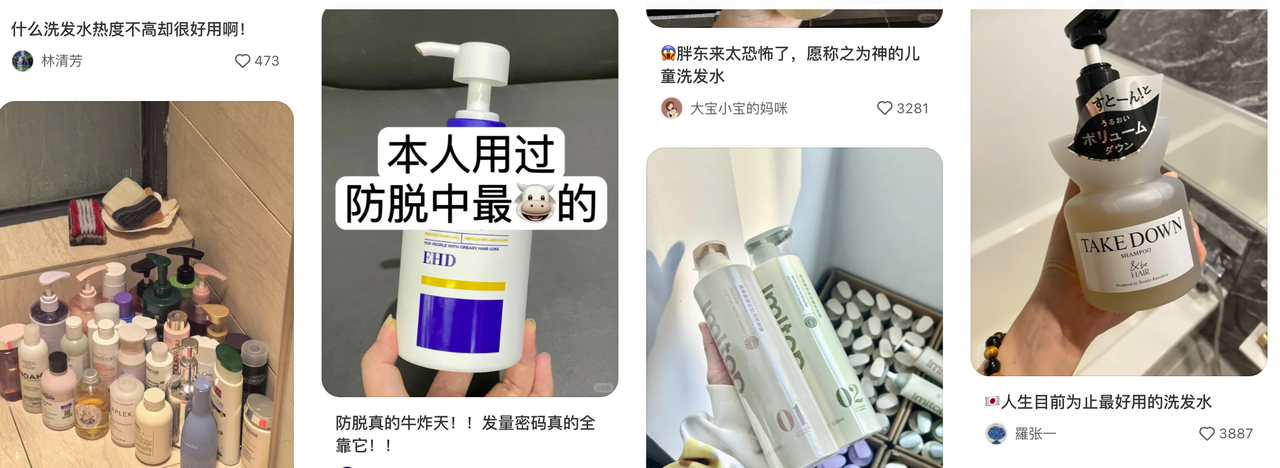9 Must-Know Marketing Trends for Entering the Chinese Market in 2025
As global brands look to expand in China, 2025 presents both challenges and opportunities in an evolving digital landscape. While economic uncertainties persist, China’s marketing ecosystem continues to innovate, offering new ways for brands to connect with consumers.
If you’re looking to enter the Chinese market or refine your Chinese marketing strategy, staying ahead of these trends is crucial. Here’s what brands should focus on in 2025!
1.The Revival of Brand Advertising in China
For years, brands have prioritized short-term, performance-driven tactics such as livestream e-commerce and viral social media campaigns. However, the rising cost of customer acquisition and declining ROI from flash-sale strategies are pushing brands back toward long-term brand-building.
Brand Mindshare Over Traffic: Platforms like Douyin (China’s TikTok) and Bilibili are emphasizing brand recall and storytelling rather than one-off viral moments.
New Brand Metrics: Digital advertising giants like Tencent and Alibaba are introducing measurement tools focused on “brand equity” and “mindshare.”
Consumer Fatigue: Overexposure to hard-sell tactics has made consumers more receptive to engaging, value-driven content rather than repetitive sales pushes.
2.The Rise of Value-for-Money Positioning
China’s consumers are becoming more discerning. While some shoppers chase the lowest possible prices, a growing segment prioritizes quality at a reasonable cost—moving beyond bargain hunting.
Premium Mass Market Growth: Brands offering a strong “quality-price ratio” are thriving.
Retail Adjustments: High-end brands must rethink pricing strategies, while mid-tier brands can capitalize on value-conscious consumers.
Avoiding the Price War Trap: Competing solely on cost can erode brand perception and profitability. Instead, brands should emphasize product differentiation and reliability.
3.Decline of Livestream E-Commerce & Rise of Shelf E-Commerce
Livestream shopping, once the hottest trend, is cooling down.
Slower Growth: China’s livestream e-commerce market is now growing at just 18%, compared to previous triple-digit surges.
Return to Shelf E-Commerce: Consumers are shifting back to purchasing through traditional online storefronts (Tmall, JD.com, and WeChat Mini Programs) where brands have more control over pricing and brand image.
Brand-First Search Behavior: As impulsive livestream shopping declines, brands investing in long-term brand-building will dominate shelf e-commerce search results.
4.The Explosive Growth of WeChat & Xiaohongshu Commerce
E-commerce in China is no longer limited to platforms like Tmall and JD.com. Social commerce is booming on WeChat and Xiaohongshu (Little Red Book).
WeChat Video & Private Traffic Growth: WeChat’s billion-plus users are engaging with video commerce through WeChat Channels, integrating shopping directly within private social circles.
Xiaohongshu’s Lifestyle Influence: With its highly trusted user-generated content, Xiaohongshu is becoming the go-to platform for high-quality, lifestyle-driven product recommendations.
Trust & Authenticity: Unlike traditional e-commerce, success on these platforms requires a balance of organic storytelling and influencer partnerships.
5.Low-Spend Culture Continues, White-Label Products on the Rise
Economic uncertainties and consumer price sensitivity are driving the sustained trend of “consumption downgrade,” where shoppers prioritize affordability and functionality over premium branding.
Expansion of White-Label Chains. In major cities like Beijing and Shanghai, no-name and in-house brands are thriving, offering cost-effective alternatives to expensive global labels.
Implications for Established Brands. Premium brands must rethink pricing strategies, as many consumers now favor practicality over status symbols. The key to success lies in balancing perceived value with affordability.
6.AI-Driven Content Creation & Its Challenges
AI is transforming digital marketing in China. From automated copywriting to AI-generated videos, brands are leveraging AI for content production—but with caution.
Cost Efficiency: AI significantly reduces content creation costs and turnaround times.
Creative Limitations: AI lacks human emotional depth and strategic thinking, making it vital to blend AI-generated content with human creativity.
Regulatory Concerns: China is tightening regulations on AI-generated media, requiring brands to be transparent about AI use in marketing.
7.The Power of CEO & Employee-Generated Content (EGC)
Chinese consumers crave authenticity. Brands are increasingly turning to CEO personal branding and employee-generated content (EGC) to build trust.
CEO Livestreams & Direct Engagement: Founders like Xiaomi’s Lei Jun are using live Q&As and behind-the-scenes videos to strengthen consumer trust.
Employee-Led Storytelling: Brands are encouraging employees to share real-life experiences with products, adding credibility and transparency.
Relatability Wins: Unlike polished influencer promotions, CEO and EGC content feels more personal and relatable to consumers.
8.The Waning Effectiveness of Seed Marketing
“Seed marketing” (种草) on platforms like Xiaohongshu was once an easy way to generate buzz. However, oversaturation and declining consumer trust have weakened its impact.
Consumer Skepticism: Over-commercialization of “organic” posts has made consumers wary of inauthentic content.
Stricter Platform Algorithms: Xiaohongshu and Weibo now penalize overly promotional content, favoring genuine engagement.
The New Approach: Instead of mass seeding, brands must invest in long-term KOC (Key Opinion Consumer) relationships and real-user testimonials.
9.The Tough Road Ahead for Foreign Brands
Once dominant, foreign brands in China now face intensifying competition from local challengers.
Localization is No Longer Optional: Brands must adapt to Chinese cultural nuances, preferences, and digital ecosystems.
Homegrown Competition: Domestic brands are excelling in innovation, pricing, and consumer loyalty.
Market-Specific Strategies Needed: Cookie-cutter global marketing approaches no longer work in China.
How Brands Can Succeed in China in 2025
To thrive in China’s complex market, brands must move beyond short-term tactics and focus on long-term brand building, authentic engagement, and localized strategies. Here’s how:
Invest in Brand Awareness: Build lasting consumer relationships rather than chasing one-off traffic spikes.
Embrace China’s Social Commerce Ecosystem: Leverage WeChat, Xiaohongshu, and Douyin for deeper engagement.
Use AI Strategically: Combine AI efficiency with human storytelling to maintain authenticity.
Go Beyond Discounts: Offer genuine value rather than relying on price wars.
Localize, Localize, Localize: Understand China’s digital culture and consumer psychology to stay ahead.
Need Help Entering the Chinese Market?
Navigating China’s digital landscape requires deep expertise and a tailored approach. At Lotus Social Agency, we help brands develop high-impact Chinese marketing strategies, ensuring sustainable growth and visibility.
Contact us today to learn how we can elevate your brand’s presence in China.




